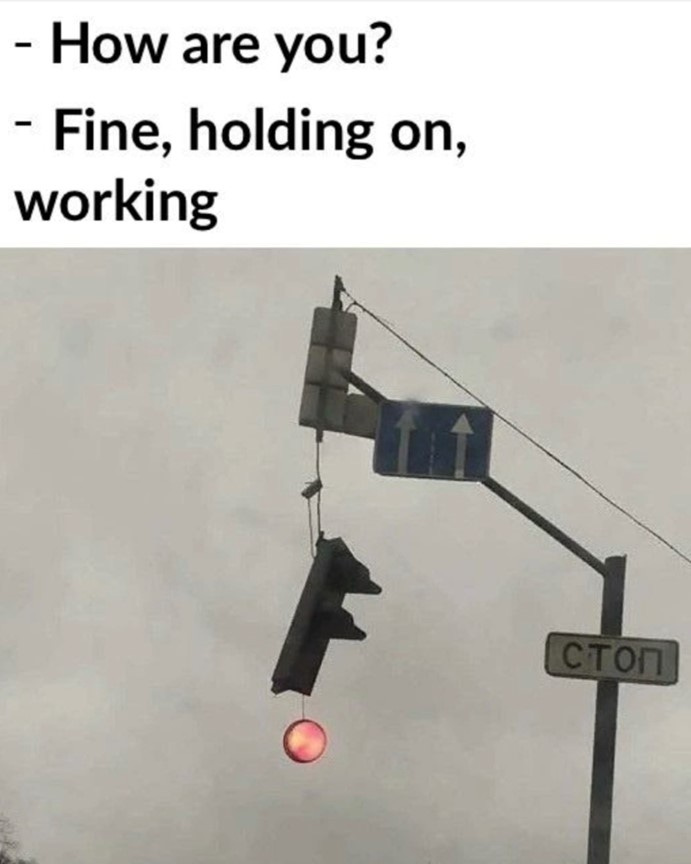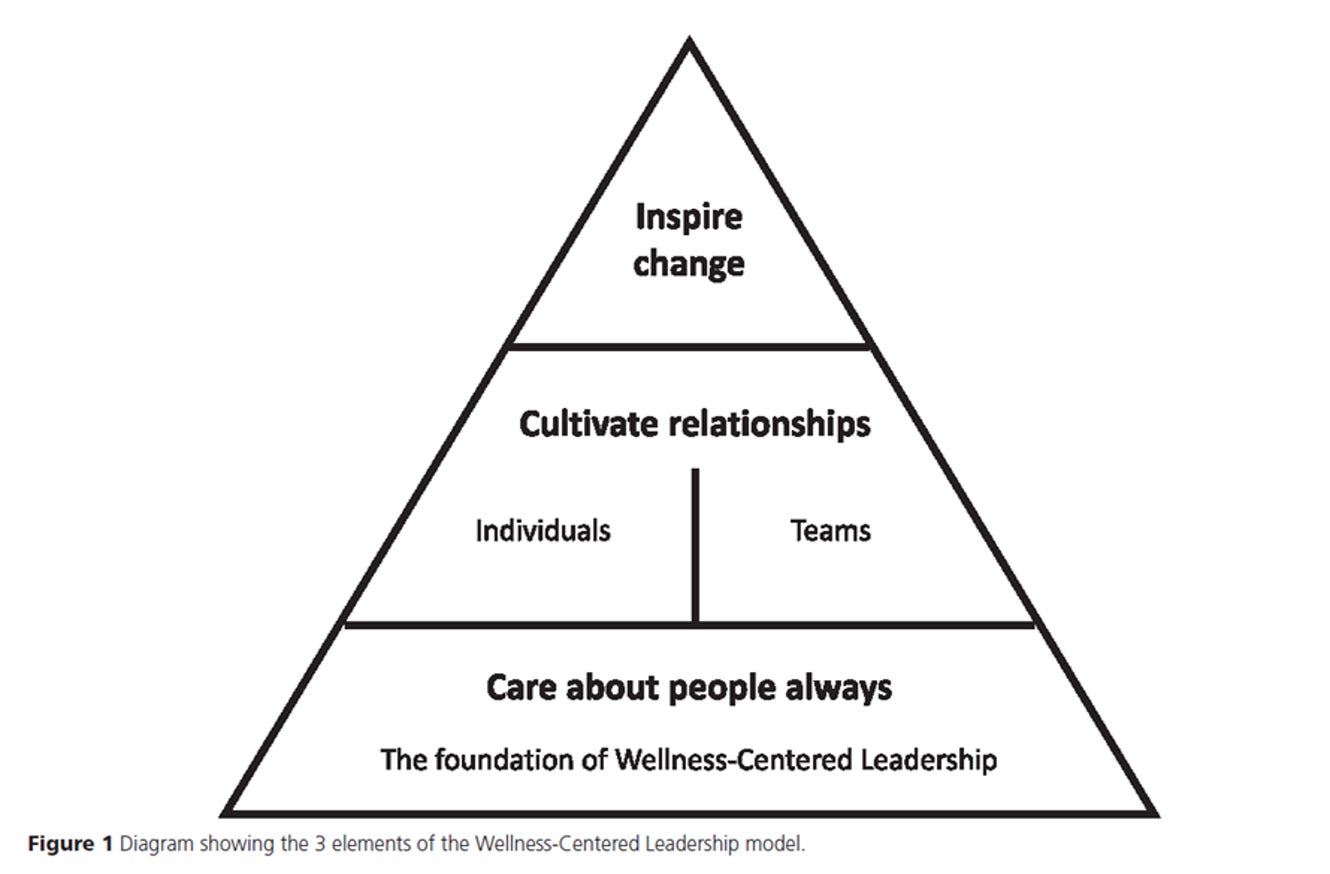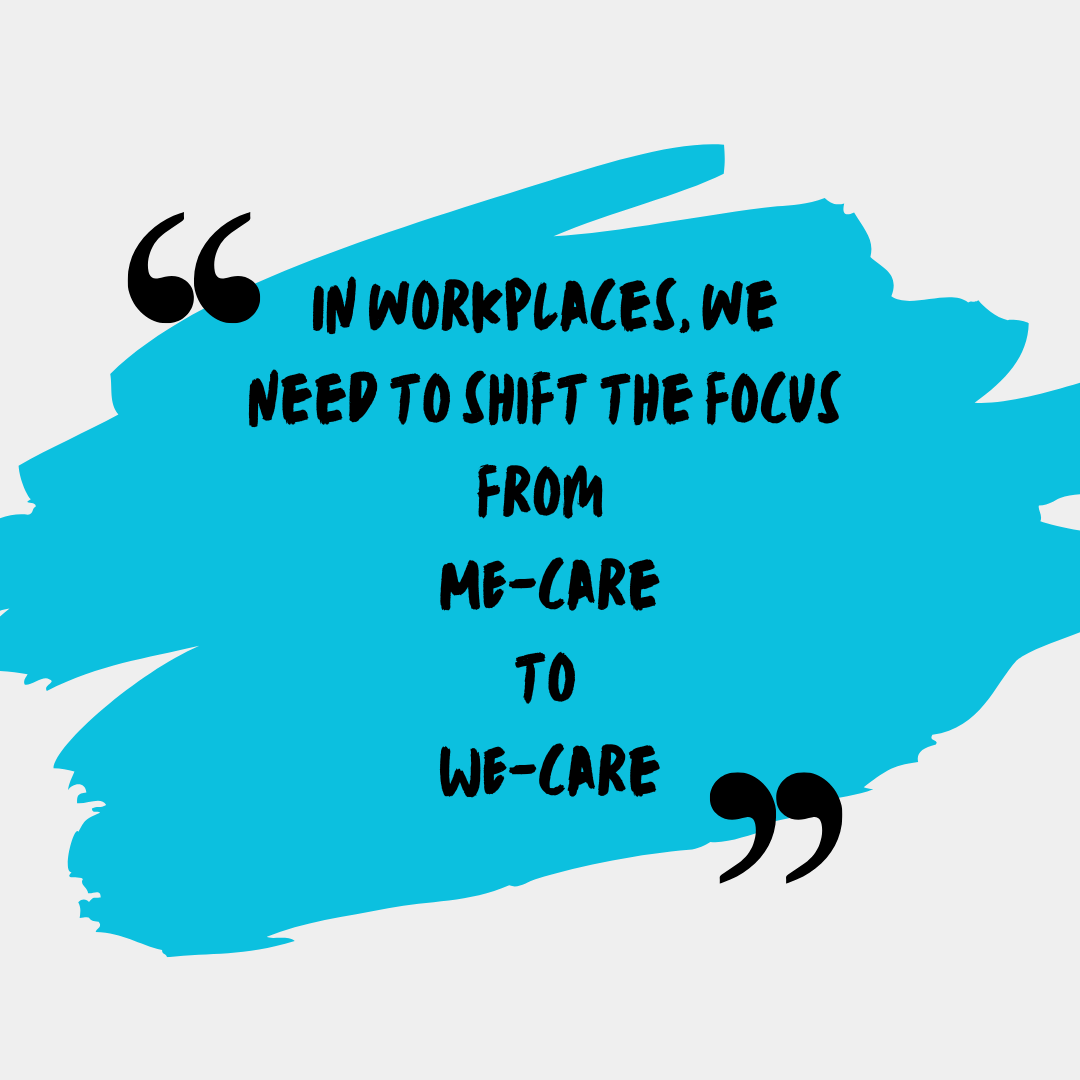Two minutes can make a difference for wellbeing
A simple check-in process can help you and those around you
Welcome! I’m Dr. Jillian, a physician leader, mom, and coach who is on a mission to help other high achievers and recovering perfectionists get out of overwhelm to find more satisfaction and wellbeing in their work and home lives. I’m still working on this in my own life, and I share what I’m learning along the way as an invitation for you to do the same in yours. Humans Leading is a way for you pause for reflection in order to create the life you truly want to be living. Subscribe here to get this newsletter straight in your inbox:

Recently, I ran into a colleague that I don’t see in person very often. However, it still only took only a fraction of a second for me to notice that her energy seemed off. I asked her how she was doing, and she said that her initial reaction was to say “fine” but that I’d likely see right through that. (Yep.)
As someone who has spent a lifetime scanning people and situations for safety (the “gift” of experiencing a few ACEs [adverse childhood events]), I have an uncanny ability to feel when the vibes are off with someone. I don’t pretend to know what the problem is when I experience this, though, as a younger person I used to think it meant that I had done something wrong (more about that another time).
Now, this feeling simply prompts me to ask how the other person is doing without making an assumption or taking it personally. Often, that person responds that they are “fine,” which is usually not the truth. The tone and energy associated with their response + the depth of our relationship determines whether I’ll probe further.

For example, if someone essentially yells “I’M FINE!” at me when I ask and shuts down the conversation, I proceed with caution. I simply say that I’m happy to hear that but am always around if they’re ever not feeling fine.
If the person responds less aggressively, I may press a bit and ask
"How are you doing really?”
This simple question often results in a real answer. People tell me about their stress, grief, anxiety, burnout, frustration, overwhelm, etc. These days, about 3/4 of people I speak to are experiencing one (or more) of these at any given time.
I don’t try to fix these things for people. Instead, I listen, acknowledge and validate, and help them see how perfectly normal it is to experience negative emotions and stress.
Then, I direct them to support resources as needed.
Much as we try to fight it or deny it, all of these things are part of being human.
As a leader, I feel that doing this type of check-in with people is part of my job. It turns out that the data supports this.
Checking in and truly listening helps people feel cared for and seen without judgement- key elements of psychological safety.
It helps me build relationships.
And then, once people feel security and trust, it helps me inspire change in my workplace (or my life).
These things are all part of ‘Wellness Centered Leadership’.

You can’t lead change until people feel cared for.
When I say this to other leaders, they either look at me blankly or with a bit of panic in their eyes.
Those who look at me blankly go on to say that they haven’t ever seen this type of wellness check-in as part of their role as a leader. I remind them that these check-ins are part of caring for people and building strong teams. We know from data that, when people feel cared for by their direct leader, they experience less burnout and more job satisfaction.
Once they’ve heard this, they often begin to look panicked.
“How am I supposed to do this?” they ask.
The key is not to overcomplicate it:
Do a Plimsoll line check-in.

I first heard about the Plimsoll line during a plenary session at the 2023 Pediatric Hospital Medicine conference. In the session ‘Mortals in Medicine: Practical Tools to Restore Your Capacity,’ Krista Gregory, MDiv, from The Center for Resiliency in Austin, Texas, at Dell Children’s Medical Center shared several practical tools for improving wellbeing, including the Plimsoll line check-in. (You can read more about the session here).
The Plimsoll line on cargo ships was developed by British politician Samuel Plimsoll to visibly denote which ships were overloaded, thus putting them at risk for sinking.
“Wouldn’t it be nice if people had a line?” Gregory asked the audience.
She then reminded us that people have “tells” when they are not doing well: changes in mood or behavior that is out of character.
If you’re a leader who knows your team members, you know when they are not acting like themselves.
But you might not always notice when you are not doing well.
That’s why a key part of the check-in is to assess your own capacity first.
Doing the Plimsoll line check-in:
Get aware: where is your personal Plimsoll line today?
Are you doing well? Nearly overloaded? Extended beyond your line?
Assess and address:
What do I need in this moment?
What can I do for myself in order to feel supported or cared for?
Adjust your perspective outside of yourself: Look at the “boats” around you, what do you see?
Are they doing well?
Are they all under water?
Maybe, by adjusting your perspective, you see that others are struggling.
This can allow you to identify next steps for support, including resources in your workplace.
It’s not our job to fix things for other people. But we can check in with them and make them feel seen.
We can offer resources.
We can do the same for ourselves.
Think of how our lives and our workplaces could be better if we checked in with others and with ourselves regularly.



